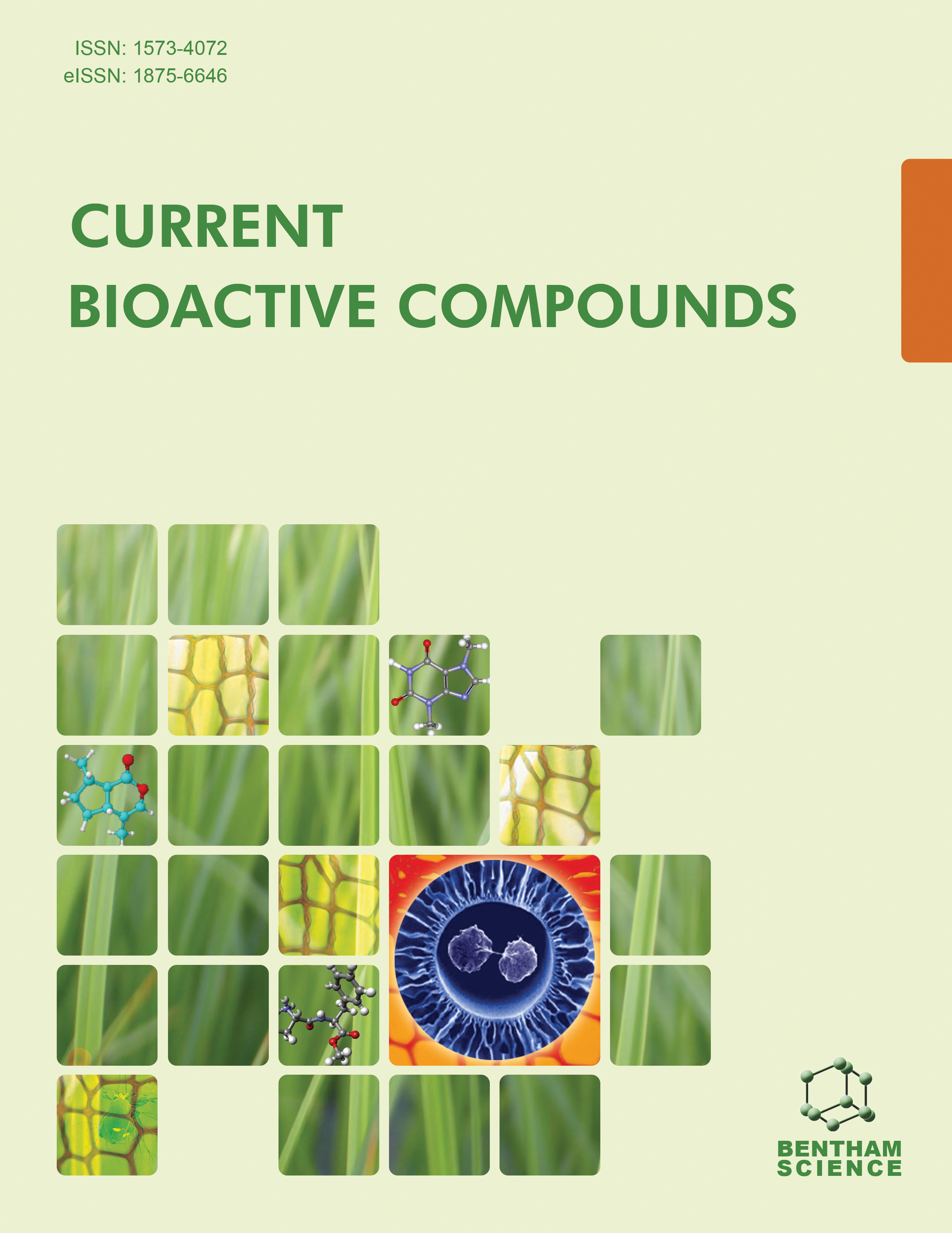
Full text loading...
We use cookies to track usage and preferences.I Understand
A 9-aminoacridine derivative has anticancer properties against several types of cancer cells, including colon, breast, pancreatic, lung, and renal cell carcinoma. It triggers apoptosis by stopping the cell cycle in the S phase and inhibits the activity of topoisomerase. So, the present study deals with the synthesis and anti-cancer activity of some of the acridine derivatives.
The novel set of N-(acridin-9-yl)-N-(2-substituted benzoyl) derivatives were synthesized, and these compounds were subjected to docking studies against topoisomerase II and the result of docking studies revealed that all the compounds possessed promising activity against the targeted enzyme. The docking studies revealed that the derivative AB7 showed a good docking score of -8.7 kcal/mol when compared to doxorubicin.
The following derivatives AA2, AA3, AB3, AB7, AB7, AF6, AF10, AP7, AP10, and APZ7 were selected for the synthesis by conventional method and further studies. These compounds weresubjected to an in-vitro cytotoxicity study using the MTT assay method with MCF-7 cell lines. Among the tested compounds, derivative APZ7 substituted with chlorobenzene and pyrrole ring showed a significant IC50 value (46.402 μg/ml), and the compound AP10 substituted with chlorobenzene and pyridine moiety (59.42 μg/ml) exhibited promising inhibition in breast cancer cell line.
The current study suggests that the most effective anticancer compounds are found in the substituted acridine derivative.

Article metrics loading...

Full text loading...
References


Data & Media loading...
Supplements

